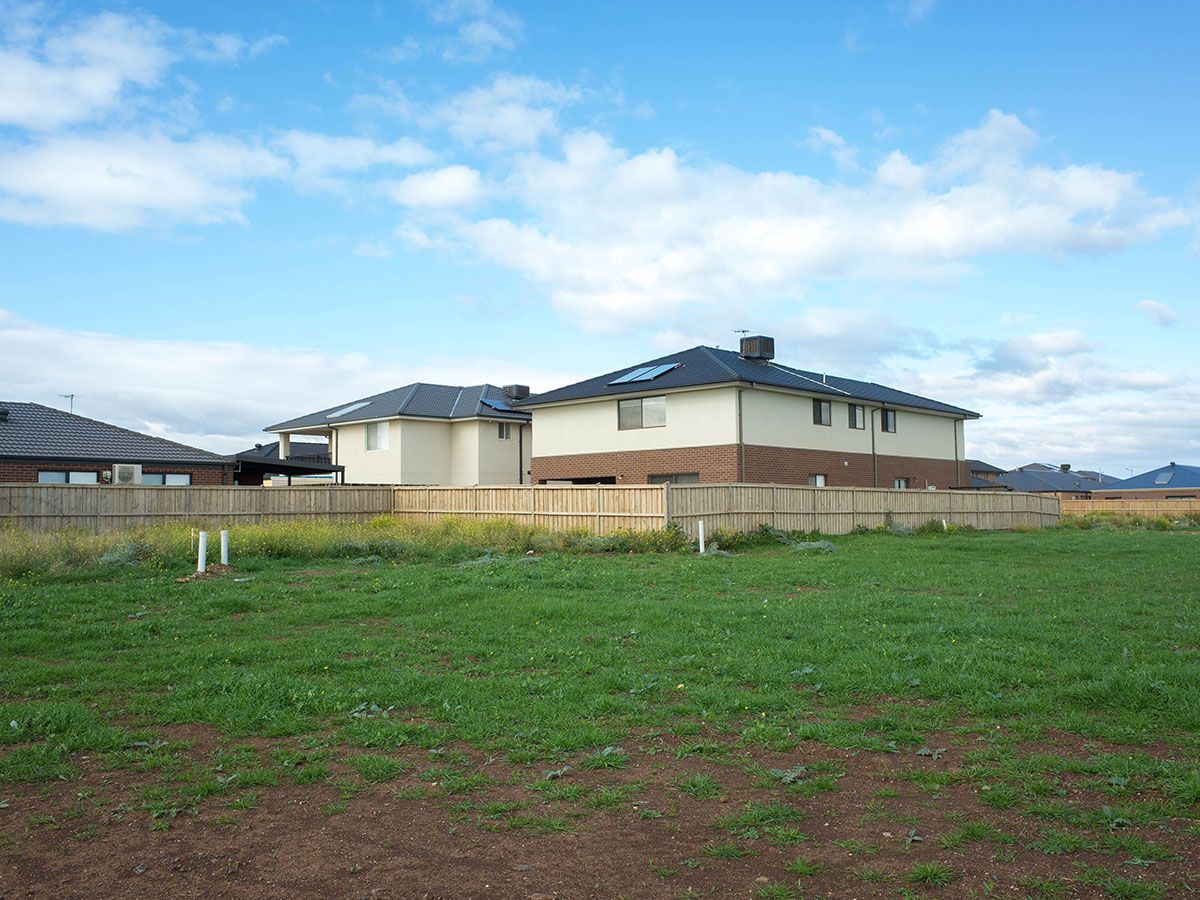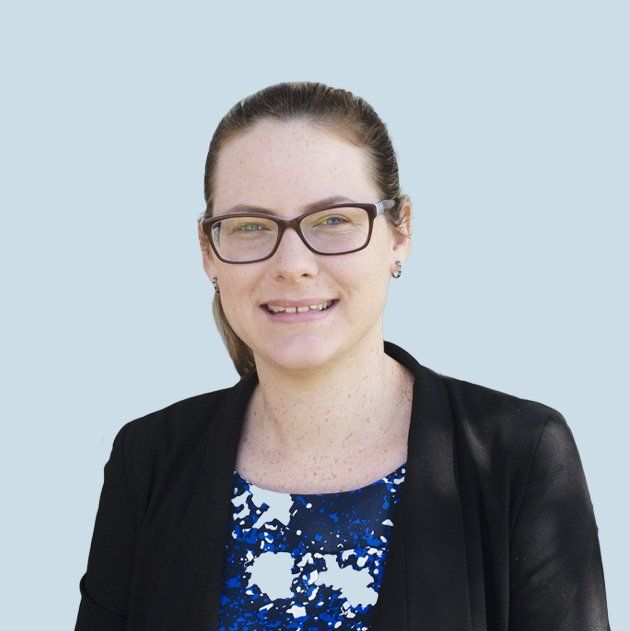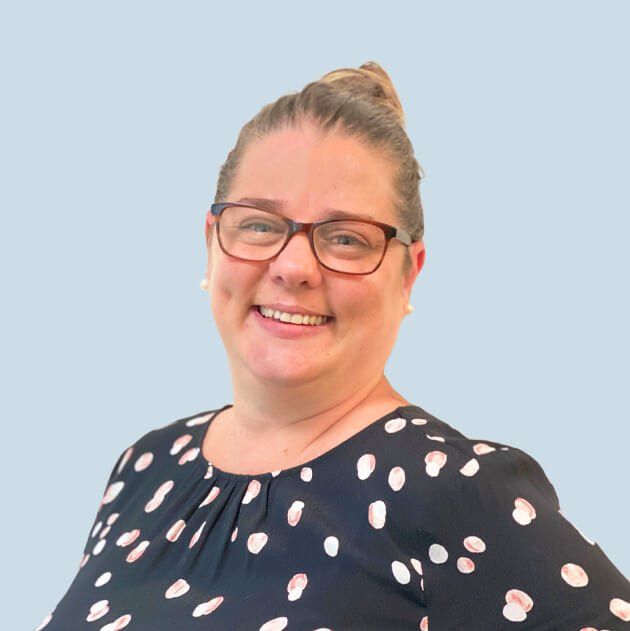23 Mar, 2023
After a period of growth in the property market, many people have aimed to take advantage of this to grow their wealth. Some people have taken on additional risk and decided to develop a small parcel of land or purchase a block of land to cut into 2 or more blocks. For those who have done this, you should be rewarded for your risk, right? The ATO wants to be rewarded too and may want a bigger slice of your profits. Depending on the circumstances, the land subdivision may fall within any one of the following categories: Carrying on a business of land development – this is your ordinary income and you entered the transaction as part of carrying out a business operation. Income is taxed at ordinary rates. You would obtain an ABN and most likely register for GST. Undertaking a one-off profit-making scheme – your intention when entering the transaction was to make a profit or gain. It is still on revenue account and is ordinary income. Income is taxed at ordinary rates. Merely realising property on capital account. This is where the sale will be treated as a capital gain as opposed to ordinary income. Assets held longer than 12 months will be eligible for capital gains tax (CGT) discount or CGT exempt if the property was purchased prior to 20 September 1985. Many people assume they fall into the 3 rd category and can access the 50% CGT discount. Unfortunately, a lot of people fall into category 2 and are not eligible for the CGT discounts. Why is this? Taxation Ruling TR 92/3 – Income Tax: whether profits on isolated transactions are income remains the leading exposition of the ATO view on the revenue v capital distinction. The ruling specially addresses that the view of the ATO that profits arising from an isolated transaction will be assessed as ordinary income. TR92/3 states that in, general terms, a transaction or operation has the character of a business operation or commercial transaction if the transaction or operation would constitute the carrying on of a business. Some key indicators that may be relevant in considering whether an isolated transaction amounts to a business operation or commercial transaction are: the nature of the entity undertaking the operation or transaction; the nature and scale of other activities undertaken by the taxpayer; the amount of money involved in the operation or transaction; the magnitude of the profit sought or obtained; the nature, scale and complexity of the operation or transaction; the manner in which the operation or transaction was carried out; the nature of any connection between the taxpayer and any other party to the operation or transaction; the nature of the property sold; the timing of the transaction or the various steps in the transaction; To provide some examples: Example 1: A couple nearing retirement decide to cut off a few blocks of land to help fund their retirement. They have never farmed the land, just had some cows on it to keep the grass down. They don’t have any superannuation, and the land is what they have always considered as their retirement fund. They speak with a town planner and decide they will cut off 10 blocks from their primary residence. They borrow money and need to construct a road and a small park to meet council requirements. They have been liaising with council themselves and hired civil contractors to do the work. Unfortunately for this couple, their intention changed from ‘mere realisation’ of an asset under capital gains to ordinary income. Some area’s that would push this couple into ordinary income instead of capital would be size of the project and the fact that they borrowed money to undertake the project. The value of the development compared to the value of the land is also high. In this case, the ATO would most likely deem the profit to be ordinary income and they would be taxed on the full profits and not be entitled to the 50% discount available on a capital gain. Example 2: A savvy investor purchases a property in her own name and decides to cut off a block. She spoke to the town planner as soon as she purchased the property and application for development approval was lodged soon after. She borrowed money to pay for the subdivision. No roads or civil works had to be completed. The property had a tenant on purchase and the lease was not renewed on expiry. In this case, the intention of the investor was to enter a profit-making scheme. She purchased the property for the sole purpose of maximising her profit. As a result, it would also be taxed as ordinary income as a one-off profit-making venture. She would not be entitled to the 50% discount available on a capital gain. Example 3: A taxpayer has lived in their property, which was his principal place of residence for 10 years and has decided to cut off a block to help fund his retirement. He spoke to the town planner and lodged an application for development approval. He used his savings to pay the council fees and did not borrow any money. No roads or civil works had to be completed. This would be treated on capital account as the intention initially was for the property to be a principal place of residence and would be ‘mere realisation’ of the asset and the 50% CGT discount on any gain but would most likely have no gain as it would be exempt under the principal place of residence exemption. The big difference between Example 2 and 3 is the taxpayers intention. In example 2, the evidence shows that it was their intention to enter the transaction to make a profit. The timing of the meeting with the town planner and lodging the development approval evidences this. The taxpayer also borrowed money to complete the project. In example 3, their intention when purchasing the property was to live in it and was of a personal nature. They did not enter the transaction to make a profit. Your intention on entering a transaction is the key with these situations and your evidence will need to back this up. The best thing you can do is get some advice before doing anything, so you understand the tax implications and if you trigger any GST implications. Unfortunately, there is not much we can do after the fact, but we can provide advice on how to best structure things before you put yourself in tax hot water. If property is of interest to you, please speak with our property experts at Mulcahy & Co .


















